The Google Network is the largest advertising network available online, reaching over 86% of Internet users worldwide. Google offers a variety of sponsored placements suited to advertisers marketing goals to ensure that they effectively reach their desired audience and achieve an attractive ROI. Display advertisements are placed against related content and audiences across thousands of sites, allowing advertisers to reach consumers at every stage of the purchase funnel.
The main difference between the search and display network is the fact that display campaigns are more effective in reaching branding goals rather than direct response targets. Display ads generate very high volumes of impressions and are great at giving advertisers more exposure and visibility but if you are planning to win more business on this platform with a limited budget, you may struggle to keep control over the quality of your traffic and ROI.
Today I would like to share a few ideas and strategies which will help you drive more profitable sales on the Google display network and most importantly assist you to keep greater control over your ad spend.
The Value of Planning Ahead - Only Reach Potential Customers
The AdWords interface allows you to run display ads on all relevant pages across the entire display network or alternatively you decide on which placements your ads would appear on. Running an efficient display campaign requires careful planning so if your site’s conversion rate is below 1.5%, you should hand pick relevant display sites to see the best results and cost-effective sales. If you are new to display advertising, don’t run your ads on automatic placements chosen by the system. You’ll struggle to drive CPA improvements as your ad will be spread across a much wider audience.
Display Planning Tools – Placement Tool / Ad Planner
Google offers a wide range of free research and media planning tools which help advertisers identify appropriate site placements that will generate quality traffic for your ads. Tools such as the AdWords Placement tool or Google Ad Planner can give you valuable information about the volumes of traffic expected on certain sites and additionally provide you with CPC price estimates.
Contextual Targeting
Personally I am a big fan of keyword-targeted placements and I always recommend this strategy to all display users. Using your keywords, Google’s contextual targeting technology can automatically match your ads to web pages in the display network that are most relevant to products or services you sell. This means that your campaigns are more targeted and you are in full control over your ad exposure.
Optimisation – Demographic/Time/Location
You can find your target audience much quicker if you use AdWords targeting tools such as Demographic Bidding, Day Parting and Geo. Let’s look at each strategy separately:
Day Parting
You can use the day-parting function to set different CPC bids for different times of a day or day of the week. This setting allows advertisers to target their desired audience at the most beneficial times.
Geo Targeting
Geo targeting will let your display campaigns target specific locations. You can reach your audience in different countries, cities, towns or regions and eliminate areas which aren’t profitable enough.
AdWords Demographic Bidding
This targeting feature allows you to reach audiences of a certain age and gender. Some publishers on the Google Display Network have gathered more detailed, individual information about their users such as their annual income, education level and interests, giving you a chance to show your AdWords ads to members of groups that you prefer or prevent your ads from displaying to members of groups you do not want to target.
Display advertising is a powerful tool that can reach consumers at every stage of the purchase funnel. However, if you are an advertiser with direct response goals, make sure you use the strategies and targeting tools discussed above. Otherwise, you run the risk of losing potentially interested consumers and end up wasting a certain percentage of your budget on traffic that is not ready to convert.
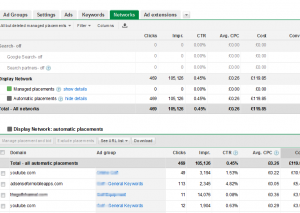
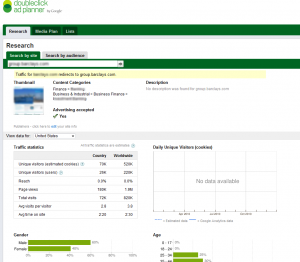

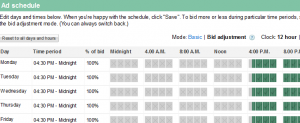
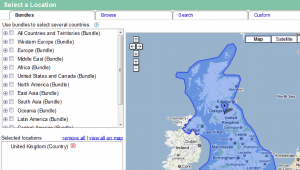
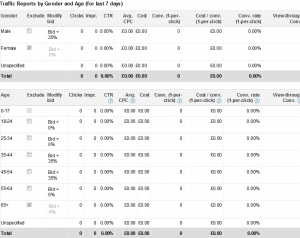



No Comments